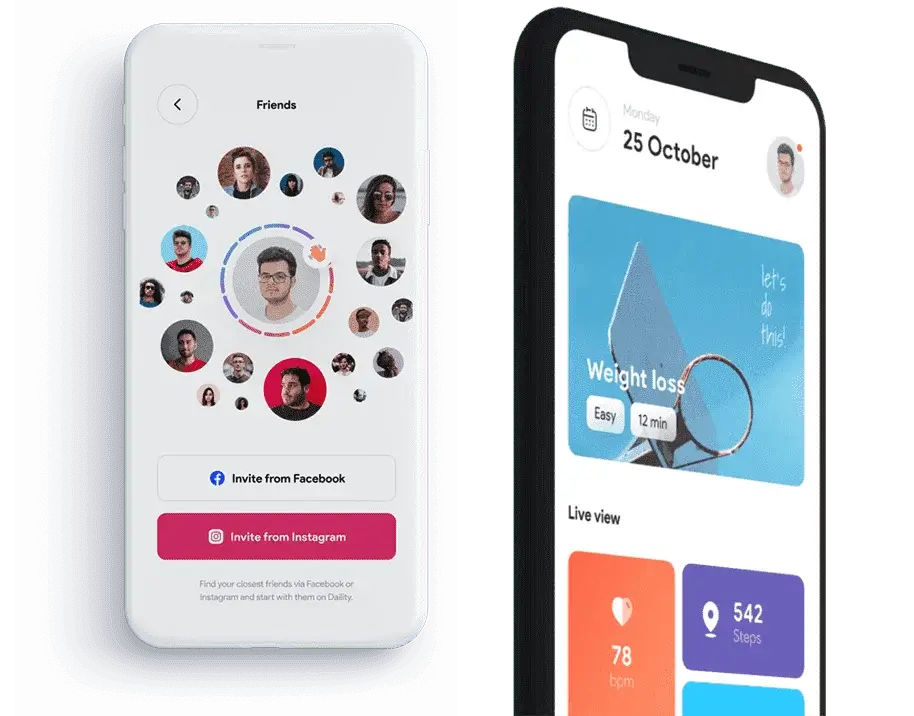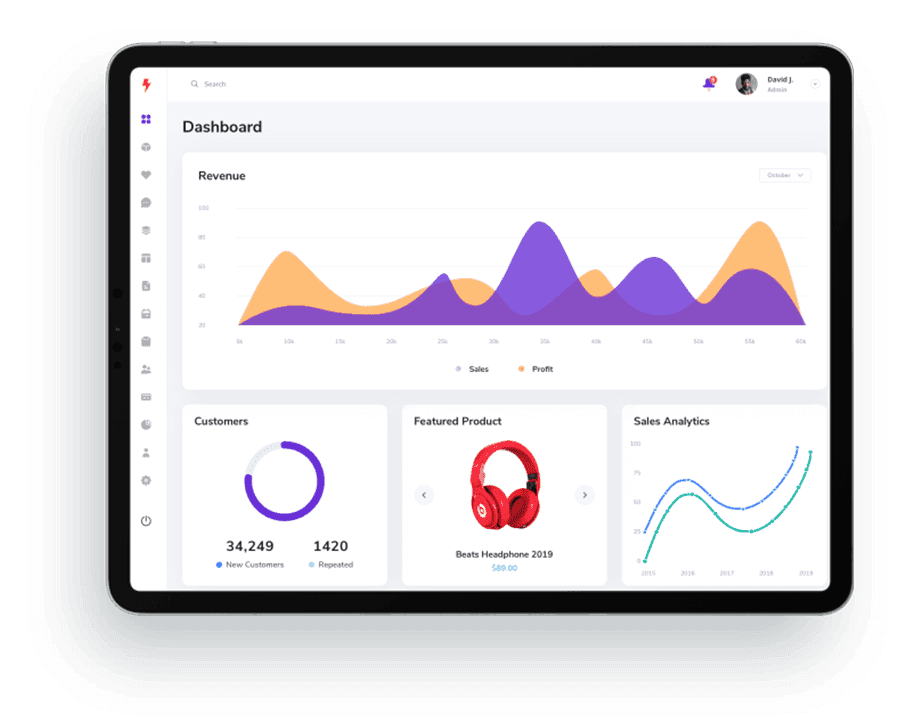Integrate single/multiple payment Gateways
Integrating single or multiple payment gateways into an ecommerce website is essential for providing customers with secure, flexible, and convenient payment options. A single payment gateway integration involves choosing one provider, such as Amazon(PayFort), Network, CCAvenue, Telr, Magnati, Stripe, or PayPal, to process all transactions. While this simplifies the process, it may limit payment choices. However, multiple payment gateway integration allows businesses to offer various payment methods, such as credit/debit cards, Apple Pay, PayPal, bank transfers, and popular buy-now-pay-later options like Tabby and Tamara. Tabby and Tamara are popular Buy Now, Pay Later (BNPL) options in the UAE, allowing customers to split payments into installments for greater flexibility. Integrating these services into your ecommerce site can boost conversions, attract more customers, and enhance the overall shopping experience. These services enable customers to split their payments into installments, enhancing the overall shopping experience and boosting conversion rates. The integration process involves selecting the right gateways, setting up API connections, ensuring data security with SSL certificates and encryption, and performing rigorous testing to ensure seamless transactions.
Benefits of Online Payment Gateway Integration
The integration process is generally divided into four main stages
Below are the main steps we take to establish an integration with an online payment gateway.
Integration Requirements Definition
The first step of the process is to define the requirements for integration. This involves making decisions about the technical requirements of the integration, such as the payment methods and currencies to be supported, the type of integration (API, web-based, etc.), the security measures that must be taken, etc.
System Configuration
The next step is the configuration of the payment gateway solution. This includes setting up the payment gateway system, linking it with the eCommerce application, and configuring the payment methods, currencies, and other features that were decided upon in the previous step.
Integration Testing
Once the payment gateway is configured, the next step is to perform integration testing. This includes testing the payment gateway’s functionality, such as the ability to process payments, the security measures taken, and other features.
Go-Live
The final step of the integration process is to go live. This involves making sure that all the necessary components are in place and that the payment gateway is ready to accept payments from customers. Once the go-live is complete, the payment gateway is ready to be used.
Payment Gateway Integration Services

















